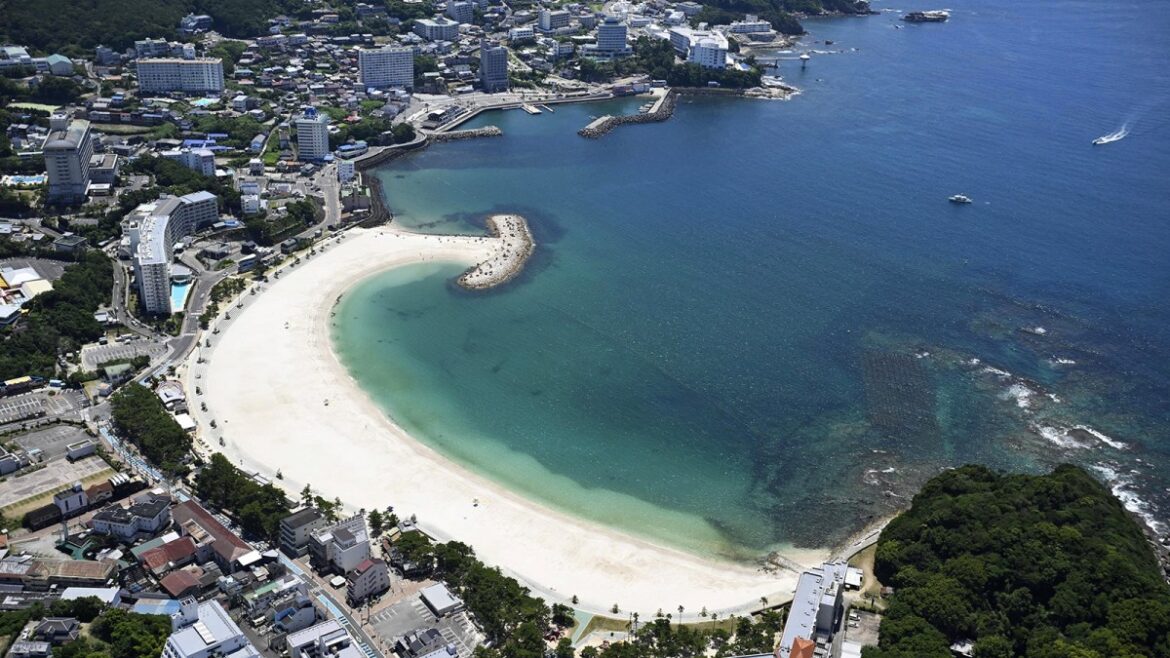Residents of the US, Japan and Pacific island nations have been warned about a potential tsunami prompted by an 8.8-magnitude earthquake near the Russian city of Petropavlovsk-Kamchatsky —one of the most powerful ever recorded.
Nearly two million people have been evacuated from coastal areas of northern Japan, with the country’s meteorological agency confirming that sections of the east coast of Hokkaido and main island Honshu had seen waves of up to 1m in height. Tokyo, the capital, is around 1,500 miles from Petropavlovsk-Kamchatsky and 180 miles from Fukushima, the southernmost point of the tsunami warning.
Meanwhile, in the US, officials warned Hawaiian residents to take “urgent action” following strong waves, although the tsunami warning has since been downgraded following smaller than expected waves. President Trump urged Californian residents to stay away from the beach. Both US states are thousands of miles from the epicentre of the quake.
• Tsunami warnings live: waves hit California and Hawaii after earthquake
Other Pacific islands, including Fiji, Samoa and Kiribati, have seen waves of up to 3m in height.
At the time of writing, the UK Foreign Office had not changed its travel advice for popular travel destinations including Japan, the US or French Polynesia except to urge travellers to follow the advice of local authorities.
If you have a trip planned to any of the affected regions, here’s everything you need to know.
Where was the earthquake?
The 8.8-magnitude quake struck near the city of Petropavlovsk-Kamchatsky in Russia’s far east early on Wednesday, July 30.
Ports on the Kamchatka Peninsula in Russia near the quake’s epicentre flooded as residents fled inland, and strong waves washed up to the shore in northern Japan. Cars jammed streets and highways in Hawaii’s capital, with standstill traffic even in areas away from the shoreline.
A tsunami warning remains in effect for destinations including Russia, Hawaii, French Polynesia, parts of California’s north coast, and the eastern coast of Japan.
Bear in mind there could be aftershocks — a Russian agency has already recorded around 30 of them. There may be further, stronger ones.

Holidaymakers at the ‘Alohilani Resort in Honolulu look towards Waikiki Beach after the tsunami warning
REUTERS/NICOLA GROOM
What should I do if I’m in a country with a tsunami warning?
So far, the impact of the tsunami has not been as bad as expected. However, if you are somewhere with a tsunami warning the best resources are the country’s local weather service or meteorological agency, which in Japan is jma.go.jp and in the US weather.gov. If you’re staying in a coastal area that is under a tsunami warning, follow advice of local authorities, which may include moving to higher ground.
Initial reports suggest that the waves have been under 3m in height, which could lead to flooding of coastal roads, communities and ports, but is nowhere near the scale of tsunami waves seen in the 2004 Boxing Day tsunami in southeast Asia, where waves of 30m hit Banda Aceh in Indonesia.
Which destinations have Foreign Office travel warnings in place?
The Foreign Office has not warned against travel to any of the affected regions following the earthquake (it advises against all travel to Russia amid the ongoing war in Ukraine).
However, it has updated its guidance for 16 countries including the US, Japan, New Zealand, Canada and Costa Rica, to warn travellers: “If you are in the affected areas potentially affected by the earthquake or tsunami you should follow the advice of the local authorities.”
Is it safe to travel to Japan?
Yes, but the sensible thing to do is to stay away from coastal areas in northeastern Japan. In the absence of Foreign Office advice against non-essential travel, you are not automatically entitled to a refund under the Package Travel regulations, which is the case here. If you have booked with a travel agent or tour operator, you should call them to discuss your options. If you have booked directly, a refund is likely only if the flight is cancelled or your accommodation is closed.
Am I covered by my travel insurance?
The more you paid for your insurance, the more likely it is that the policy includes cover for cancellation and curtailment due to natural disasters. Check your documents for more details.
• Travel insurance guide: everything you need to know


AloJapan.com